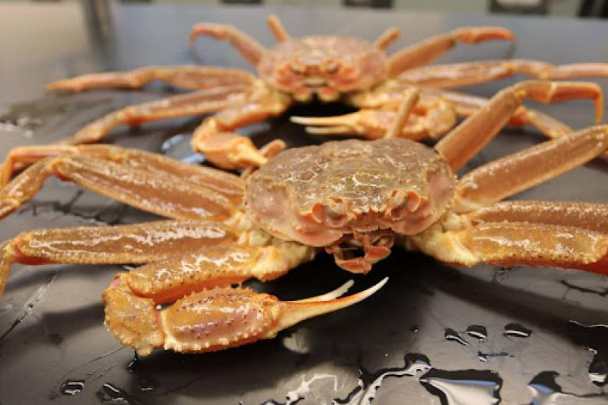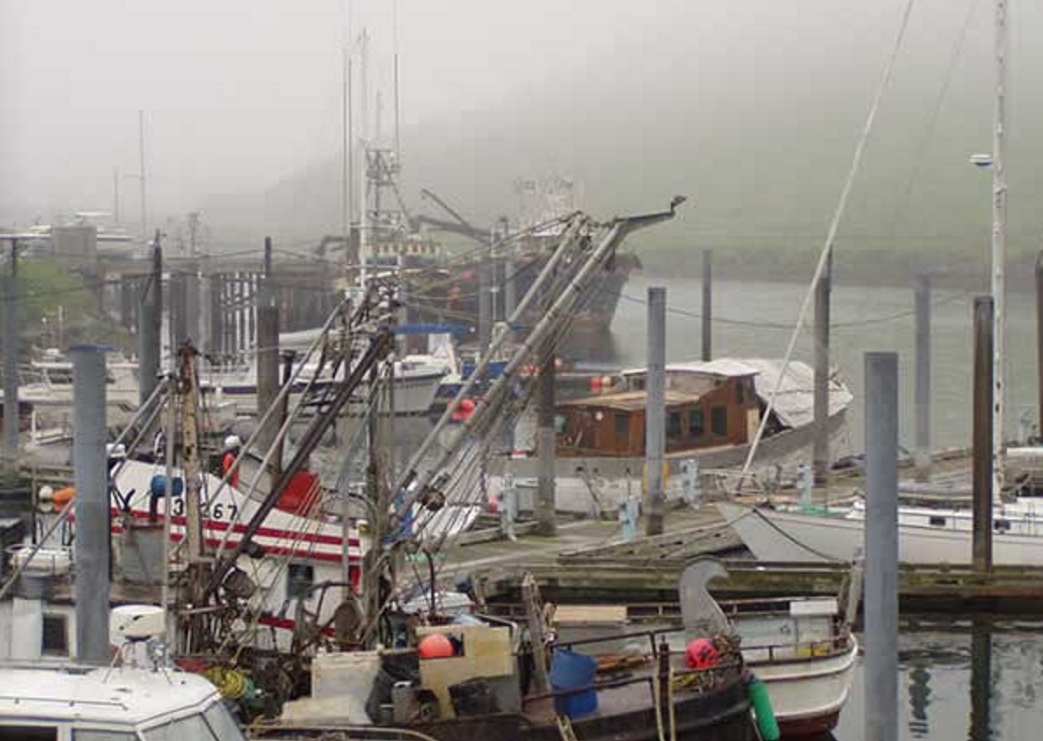 Federal fisheries managers have approved the 2015 annual deployment plan for the marine observer program, with several recommendations, including one for conditional releases for some vessels in the small vessel trip selection stratum.
Federal fisheries managers have approved the 2015 annual deployment plan for the marine observer program, with several recommendations, including one for conditional releases for some vessels in the small vessel trip selection stratum.
The recommendations to National Marine Fisheries Service came at the North Pacific Fishery Management Council’s fall meeting in Anchorage, during the second week of October, came after the council heard additional testimony on NMFS’s draft 2015 annual deployment plan.
The council recommended two selection strata for 2015, a small vessel trip selection and large vessel trip selection, with a 12 percent selection probability for the small vessel trip selection stratum and 24 percent selection probability for the large vessel stratum. The council was urged to allow conditional releases in 2015 for vessels in the small vessel trip selection stratum that don’t have sufficient life raft capacity to accommodate an observer and/or to assist in addressing vessels with limited bunk space.
The council recommended that vessels selected by NMFS to participate in the electronic monitoring cooperative research be placed in the no selection pool while participating in such research. Also recommended was that trawl vessels that fish for Pacific cod in the Bering Sea/Aleutian Islands be given the opportunity to opt-in to full observer coverage and carry an observer at all times while fishing in those areas, using the same approach as in 2014.
The council further recommended that the annual report on the deployment plan include information to evaluate a sunset provision, including information on the potential for bias that could be introduced through life raft conditional release, the cost to an individual operator of upgrading to a larger life raft, and the enforcement disincentives from downgrading one’s life raft.
The council also addressed industry concerns from the Freezer Longline Coalition over the shortage of Lead Level 2 observers for deployment on catcher processor hook-and-line vessels. “In order to provide and maintain a viable observer pool, there is a need to ensure that there is a sufficient training opportunity for new LL2 observers as well as consideration of incentives to retain existing trained LL2 observers,” the council said in a motion.
The council encouraged the Freezer Longline Coalition and observer providers to work together, with a representative from the NMFS observer program present at such work sessions to help resolve the matter.
Fishermen’s News Online grants permission to the Alaska Native News to post selected articles. Read More at: Fishermen’s News Online.








